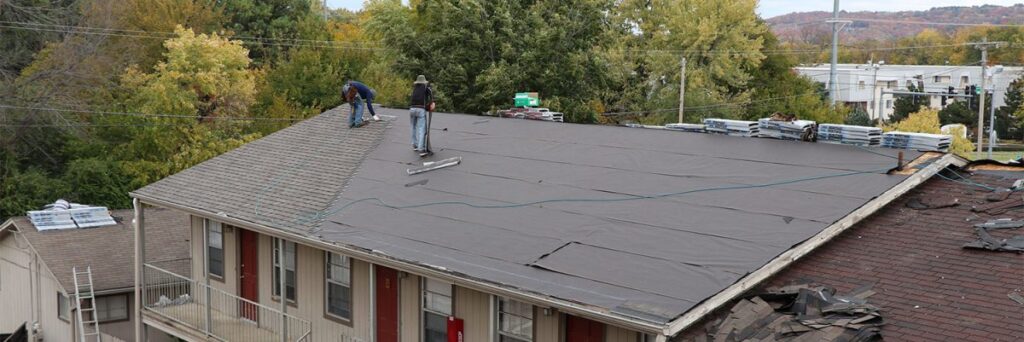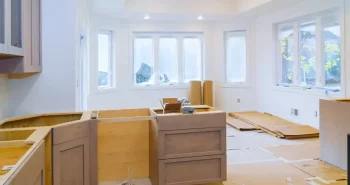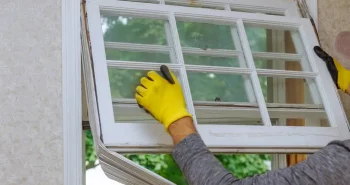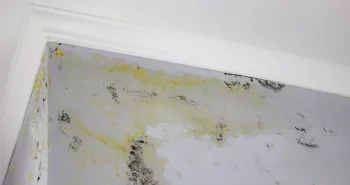As a homeowner, there are plenty of things you need to think about on regular basis. Remodeling, landscaping, and general maintenance around your home occupy most of your thoughts, but you can’t forget about your roof. Your roof is an important part of your home that often doesn’t get the attention it needs. Eventually, the materials wear out and your roof will reach the end of its time. At this point, you’ll need a roof replacement to ensure that damages don’t cause problems around your home. But knowing when to do this is often difficult or not on your top list of priorities. In this article, we’ll discuss what you need to know for understanding the average life of a roof so you can replace yours at the appropriate time.
Factors That Impact the Life of Your Roof
The way your roof was made, where you live, and how you respond to problems has an impact on its lifespan. There are a few major factors that will, therefore, impact the life of your roof. Some of them can be addressed while others are unavoidable. Here are the top factors that affect your roof’s lifespan.
Angle/Slope
If you have a flat roof, drainage can be an issue. When water accumulates and stands in one area, it can put added stress on your roof and lead to structural instability or leaks. The longest lasting roofs are those that have a high pitch. This intense angle allows water and debris to easily and quickly run off the surface and therefore doesn’t cause any damages to your roof. However, the higher the pitch, the more difficult it is to install. This tends to lead to higher initial prices but longer time in between roof replacements.
Color
While you might not think that the color of your roof impacts how long it lasts, it does. Darker colored roofs absorb more UV rays from the sun, which takes a toll on your roof’s integrity over time. The sun’s UV rays are powerful and can weaken the materials of your roof and strip shingles of their protective layering. If you’re getting a new roof installed, opt for lighter colors instead. Not only will it help elongate the lifespan of your new roof, it’ll keep your home cooler and result in lower energy costs.
Orientation of Roof
The orientation of your roof in regard to the sun also makes a big difference on its lifespan. A roof slope that faces the sun, especially when it’s direct sunlight, leads to stronger UV absorption and a reduced lifespan. If you have a home and your roof’s slope faces direct sunlight you can combat the intensity by opting for light colored materials that reflect the sun rather than absorb it.
Multiple vs. Single-Layer Roof
Sometimes roofing companies cut corners and install a new roof over the top of an existing roof. This is not a good idea and will result in many problems down the line. Multiple-layered roofs exasperate problems of the bottom layer and put added stress on your home’s structural support system. If you’re getting a new roof, the old roof should be completely removed rather than used as a starting point for installation. Always makes sure that you talk with your roofing professional about the installation process to ensure that they are not taking any shortcuts.
Installation
With that being said, the way your roof is installed has a direct correlation to how long it lasts. If you use a company that uses messy or improper procedures, you’re going to have to replace your roof more often. Low-quality work results in low-quality results and while you might save a few dollars upfront, it’s going to end up costing you down the line. To make sure you’re getting the most out of your roof installation, choose a reputable roofing company that will do the job right the first time around.
Roofing Material
Every type of roofing material has its own advantages and disadvantages. While some materials have lower up-front costs, they’re usually the ones that last the least amount of time. When it comes to roofing materials, you really do get what you pay for. If you’re looking to replace your roof, we recommend doing your research on all of the materials available and making a decision based on quality, aesthetics, maintenance over time, and price. If you have any questions about the different types of roofing materials available for your home, feel free to reach out to your roofing professional. It’s important to ask questions so you can be prepared for the estimate, install, and end-result.
Ventilation
How well your attic is ventilated will determine how long your roof lasts. A poorly ventilated attic, or one with no ventilation at all, creates moisture problems that can weaken your roof and cause premature deterioration. Luckily, attic ventilation can be done without having to replace your roof entirely. If you think your attic is poorly ventilated, call a professional to come out for an inspection. Proper ventilation will also reduce winter problems and lower your chances of experiencing dangerous ice dams or icicles.
Landscaping
Large, drooping trees are beautiful, but if they’re hanging over your roof, you’re going to have problems. You should avoid having any of your tree branches rub or touch your roof directly. Doing so not only increases your chances of damages during a harsh storm or strong winds, the acidity from the trees leaves and branches can actually rub off on your roof and cause deterioration. We don’t recommend removing the tree completely, as they provide great UV blocking shade. Instead, make sure that the branches are well trimmed and taken care of throughout the year.
Climate
Finally, where you live has a direct impact on how long your roof will last. Harsher climates experience shorter roofing lifespans due to the intense temperature swings, severe winters, and humid summers. The more drastic a freeze-thaw cycle is, the more often you’ll need to replace your roof. The expansion and contraction of your roof’s materials is not good for its longevity, especially if it happens often in short periods of time. Unfortunately, there’s not much you can do about the climate of where you live, so just make sure that you’re taking proactive measures with your maintenance and fix any repairs as needed.
If you want to make your roof last as long as possible, it’s important to perform the proper maintenance and get regular inspections throughout the year or following any harsh weather. This will help you take care of small problems that are easily fixed but could lead to major concerns if left untreated. Unfortunately, sometimes the damage is too extensive, and the best course of action would be replacing your roof.
When to Replace Your Roof
If your roof has reached the end of its lifespan, it’s important to replace it in a timely manner. On average, a roof lasts for about 20 to 25 years. If you notice any severe damages or aren’t sure when your roof was originally installed, have a professional roofing contractor come out and make an inspection. If you live in an area that are prone to major disasters, you’ll need to get inspections more frequently. Hurricanes and tornadoes can wreak havoc on a home and lead to a roof replacement if they cause damages that are severe enough. House fires or smoke damage may also lead to the necessary replacement of your roof. To make sure you’re covered in case of a disaster, it’s important to ensure that you have a comprehensive insurance plan and that you work with a company that provides substantial warranty options.
If you’re selling your home, it might be beneficial to replace your roof to increase your home’s property value. Try getting an estimate before having your home appraised and then ask the appraisal professional what difference your home’s value would be with a new roof. In certain circumstances, it might not add much value and therefore wouldn’t be worth it for you to replace. In other instances, replacing your roof before selling your home is a great way to ensure a smooth sale at or above your asking price.
For more information on replacing your roof, talk to a professional roofing contractor like the ones at First Star Exteriors. We’ll help you walk through the costs of a new roof so you can better understand your specific return on investment.
If it’s time to replace your roof, or if you’re interested in getting a new roof installed to help increase your home’s value, contact the professionals at First Star Exteriors today. At First Star Exteriors, we believe there’s a perfect balance between hands-on, personable treatment, quality of work, and speed of delivery. We take the time to understand your needs and communicate effectively from the first quote to the last nail being placed. To learn more about our roofing options or to get a quote from us today within 48 hours, contact us at (479) 267-4800 or fill out our contact form here.





